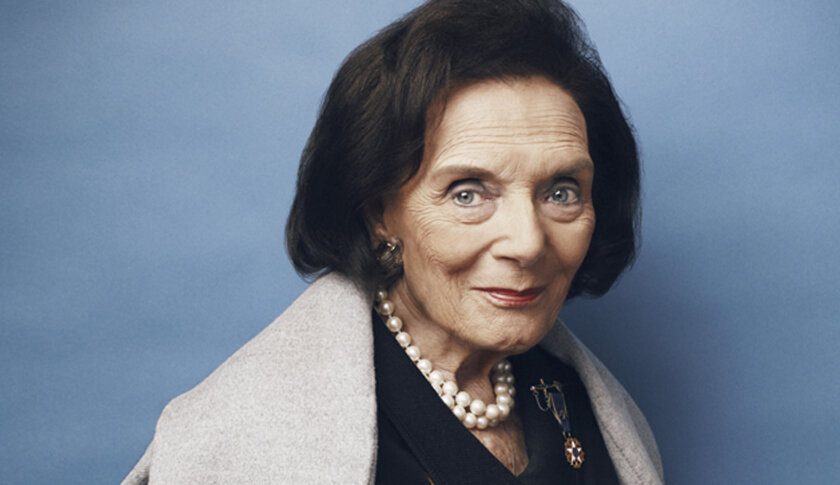Leadership is a matter of how to be, not how to do it. – Frances Hesselbein
Frances Hesselbein (born 1 November 1915) is the former CEO of the Girl Scouts of the USA, from 1976 to 1990, and is the president and CEO of the Frances Hesselbein Leadership Forum, at the Graduate School of Public and International Affairs (GSPIA), Johnson Institute for Responsible Leadership.
Leadership is the art of getting people to do what they might not otherwise do, and to like it.- Harry Truman
Between 1965 and 1976, she rose from volunteer troop leader to CEO and held the position of CEO for thirteen years until 1990. During her tenure, the Girl Scouts attained a membership of 2.25 million girls with a workforce of 780,000, mainly volunteers. In 1990, Hesselbein left the Girl Scouts to run the Leader to Leader Institute (formerly known as the Peter F. Drucker Foundation for Nonprofit Management). After Drucker’s death in 2005, the foundation was renamed after Hesselbein in 2012.
In 1998, Hesselbein was awarded the Presidential Medal of Freedom for her work with the Girl Scouts of the USA. She turned 100 years old in November 2015. Hesselbein was denoted a Pitt Legacy Laureate of the University of Pittsburgh in 2000. She has received 22 honorary doctoral degrees.
In her book, The Leadership Gap: What Gets Between You and Your Greatness, Author and Coach Lolly Daskal writes about Frances Hesselbein’s transformation of the Girl Scouts of the USA:
Juliette Gordon Low founded the Girl Scouts of the USA in 1912. It immediately struck a chord with American girls and its popularity soared. Low’s original vision promoted self-reliance and resourcefulness, preparing girls not only for traditional homemaking roles but also to be active citizens outside the home.
By 1918, membership in the Girl Scouts jumped to 34,000. Half a century later, in 1970, it peaked at nearly 4 million. But the seventies were challenging, and by 1980, the Girl Scouts was in a steep decline, losing 1 million members.1 The organization had become less relevant and attractive to the new generation of girls, which it needed to survive. The Girl Scouts had lost its direction.
When an organization seeks to break free of the status quo, the usual practice is to look outward—to hire a new CEO or top executive from outside the company. However, as the threats to the Girl Scouts grew increasingly dire, they promoted one of their own to the top job—a woman named Frances Hesselbein.
In addition, Frances rethought the traditional, top-down hierarchy of the Girl Scouts organization and created a new structure of shared leadership—represented by concentric circles that would, in Frances’s words, “free people from being stuck in little boxes.” According to Sally Helgesen, “This new ‘web of inclusion,’ as it would be later described, fostered communication across levels and divisions, enabling teams to come together from across the organization, and giving people scope to make their own decisions. The Girl Scout organization was transformed to be more responsive, agile, and able to meet the needs of an increasingly diverse group of girls and volunteers who mirrored the communities from which they came.
Frances Hesselbein’s rethinking of the Girl Scouts led to new ideas and innovation that set the organization on a firm foundation for future growth. From 1985 to 2005, total membership in the Girl Scouts grew 38 percent—to 3.8 million, erasing the deficit that Frances inherited when she took the reins of the organization. Though she might deny it, Frances is a rebel of the first order. She has said, “I am not a rebel—I am just someone who is confident in opening doors. I believe there are no challenges—only opportunities. And to be able to open a door is an opportunity.”
“I am not a rebel—I am just someone who is confident in opening doors. I believe there are no challenges—only opportunities. And to be able to open a door is an opportunity.”
All the best in your quest to get better. Don’t Settle: Live with Passion.



Comments are closed.